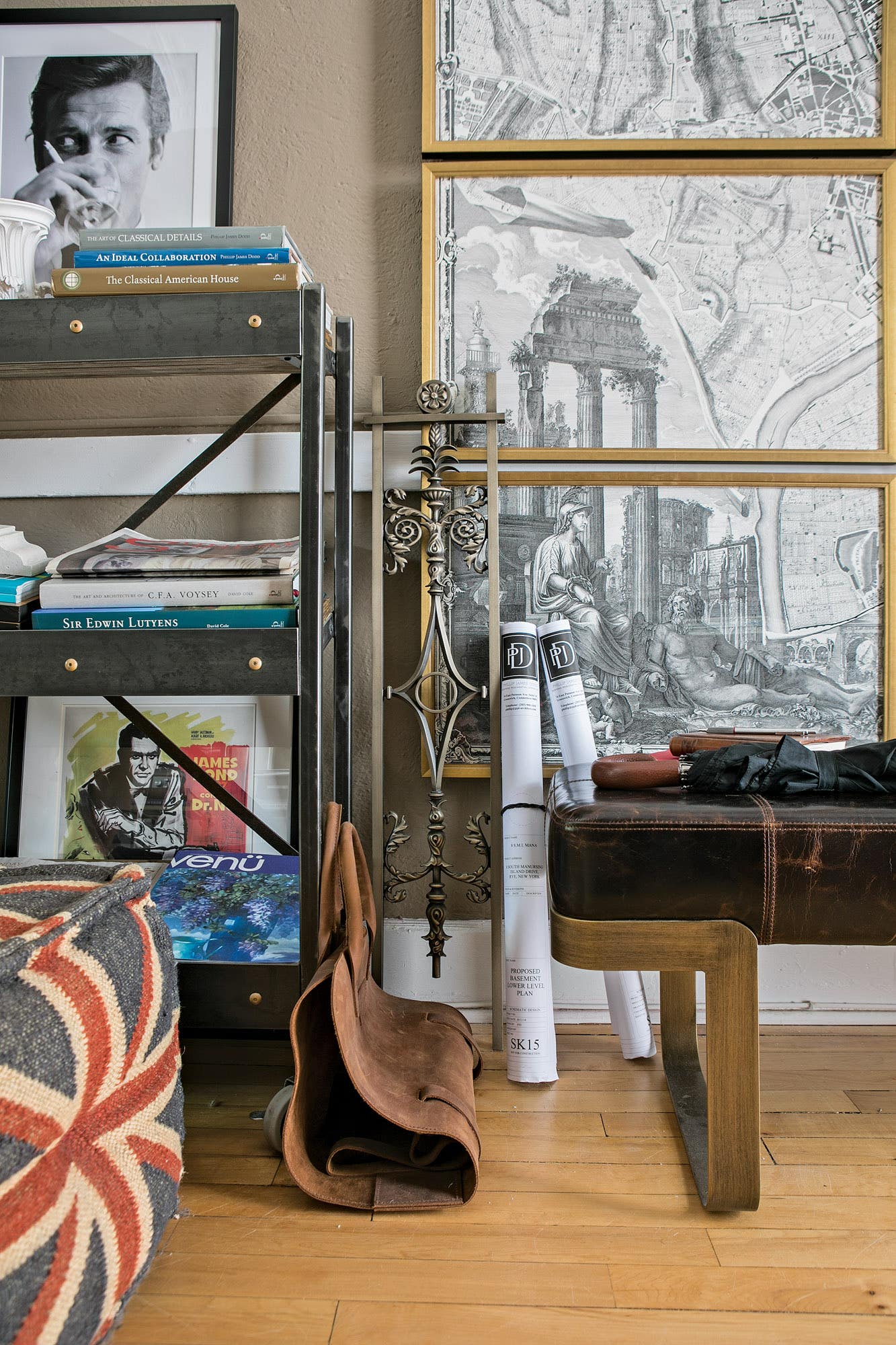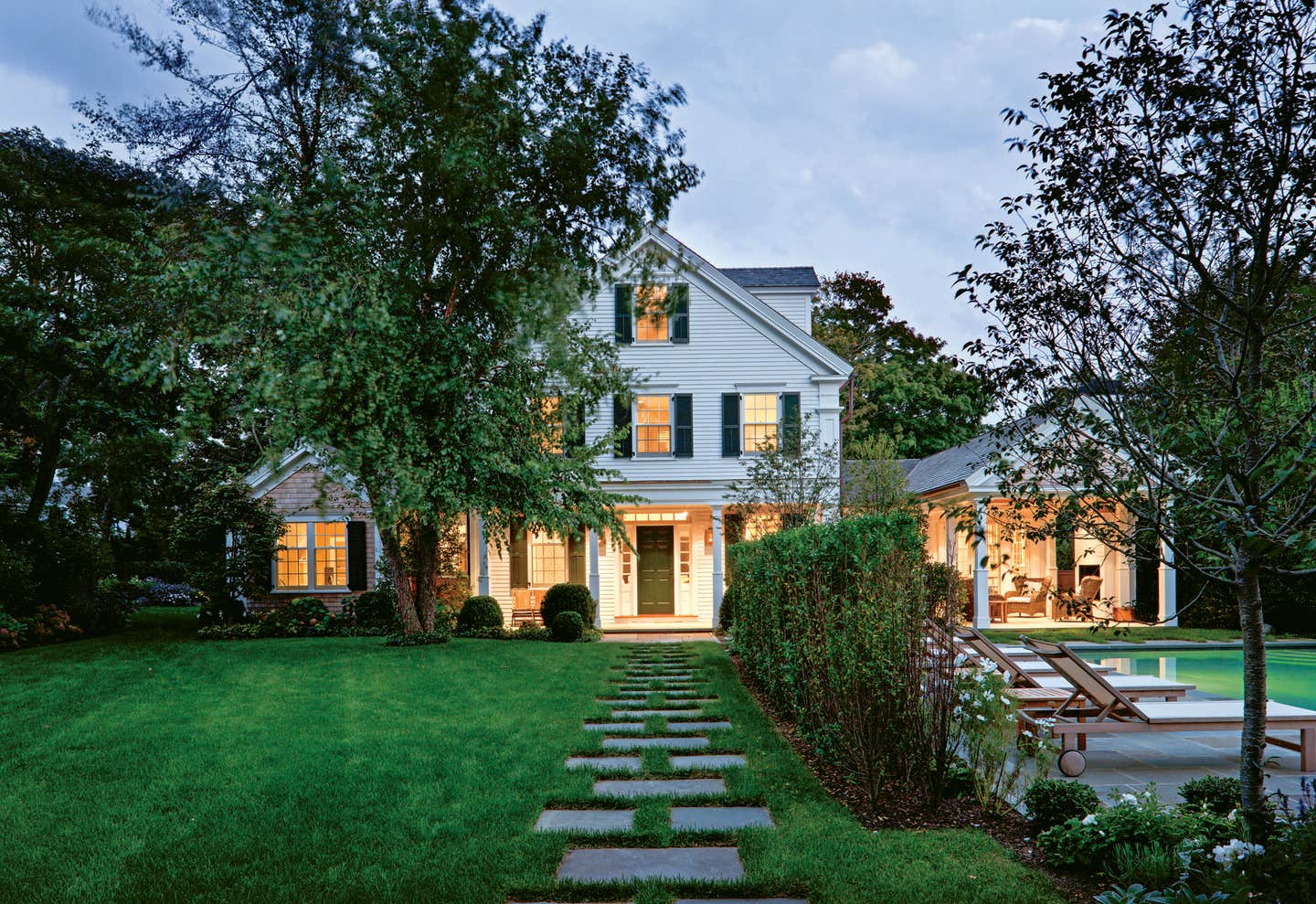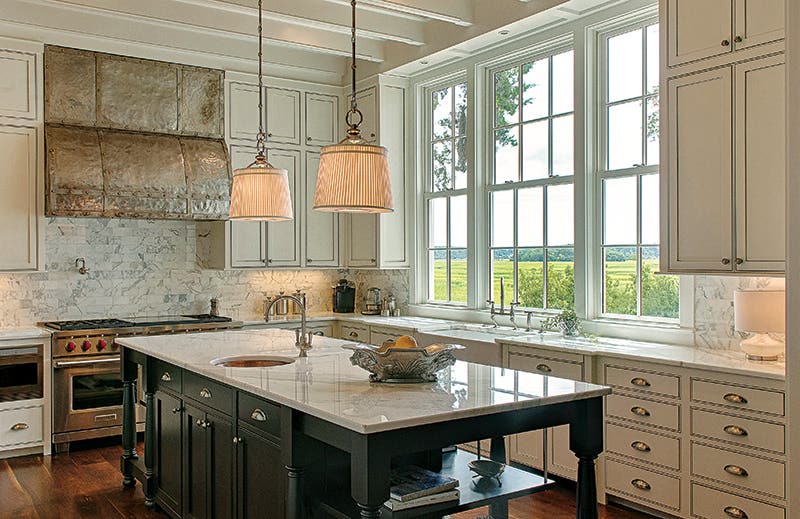
Profiles
5 Questions With the Design Principles of Historical Concepts
Founded in 1982 by Yale alumnus James L. Strickland, Historical Concepts is committed to producing original architecture informed by classical tradition and lessons of historic precedent. Today, the Atlanta firm is a true architectural partnership that provides architecture and planning services to residential, developer, and civic clients.
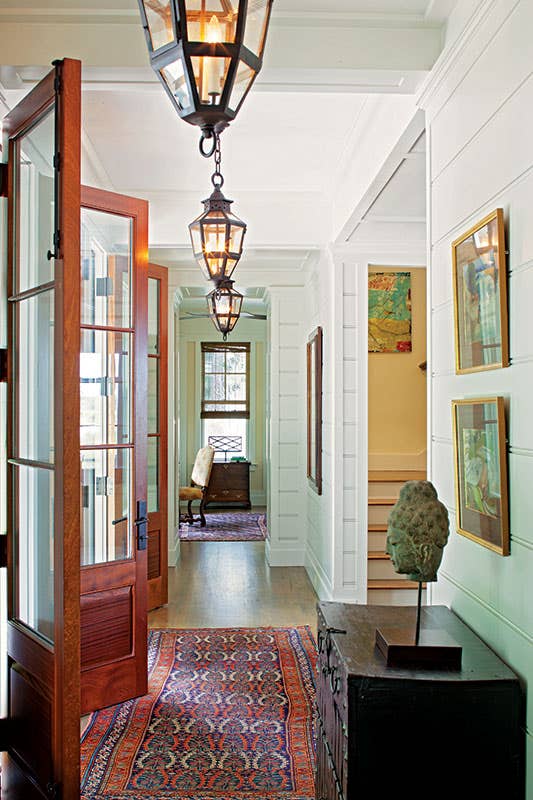
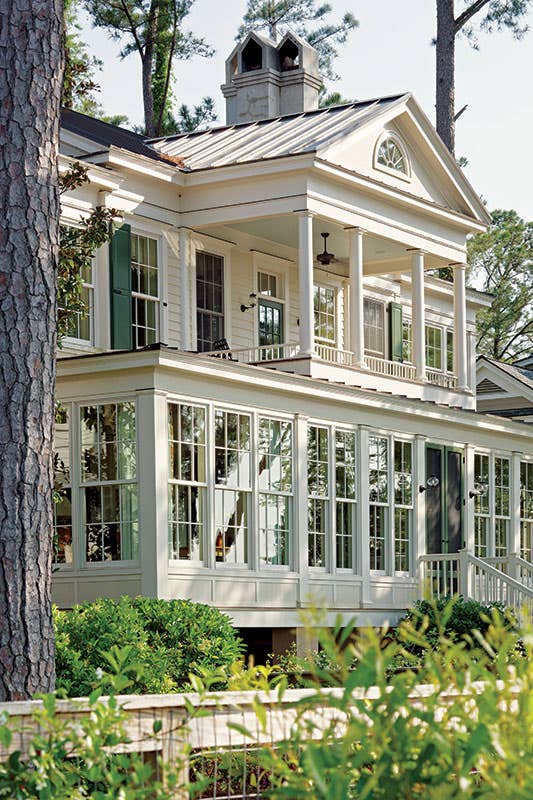
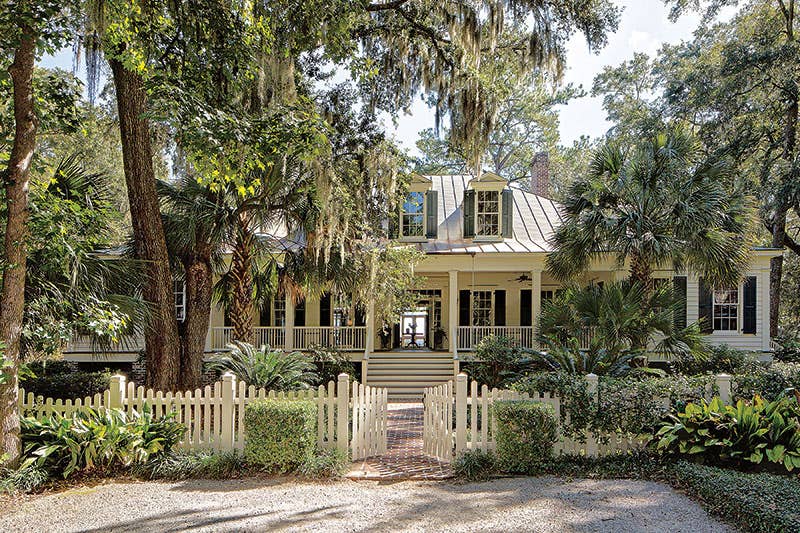
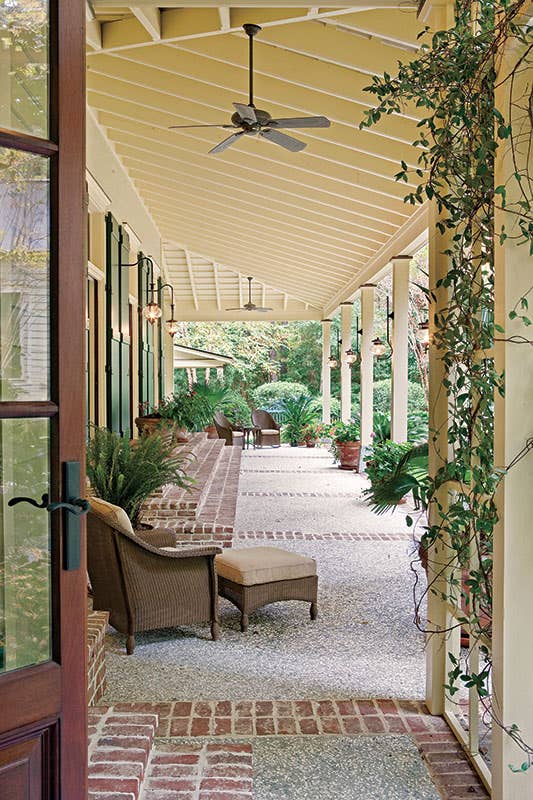

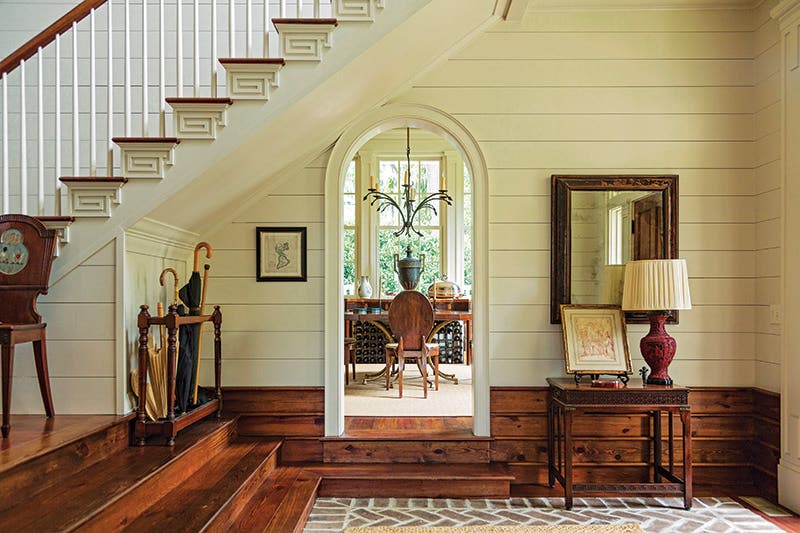
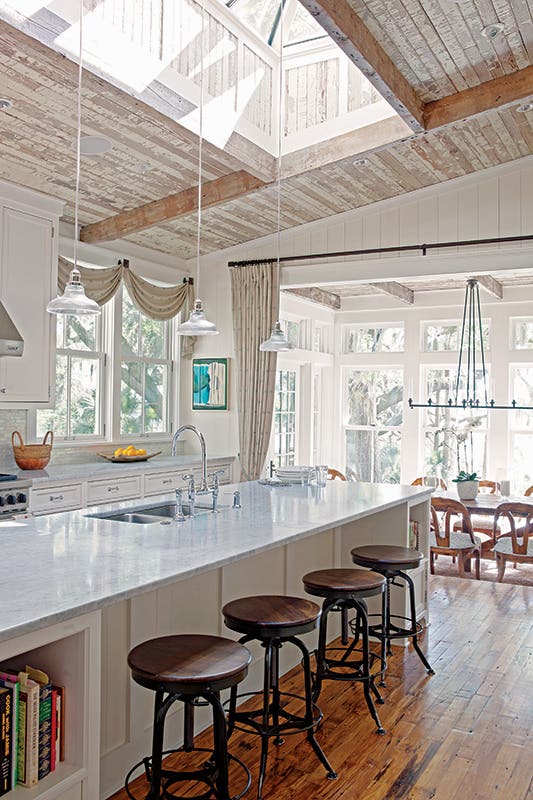
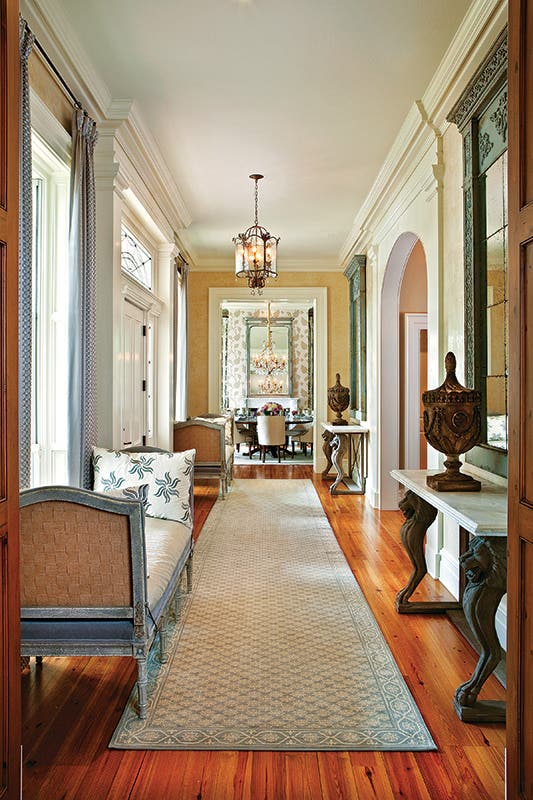
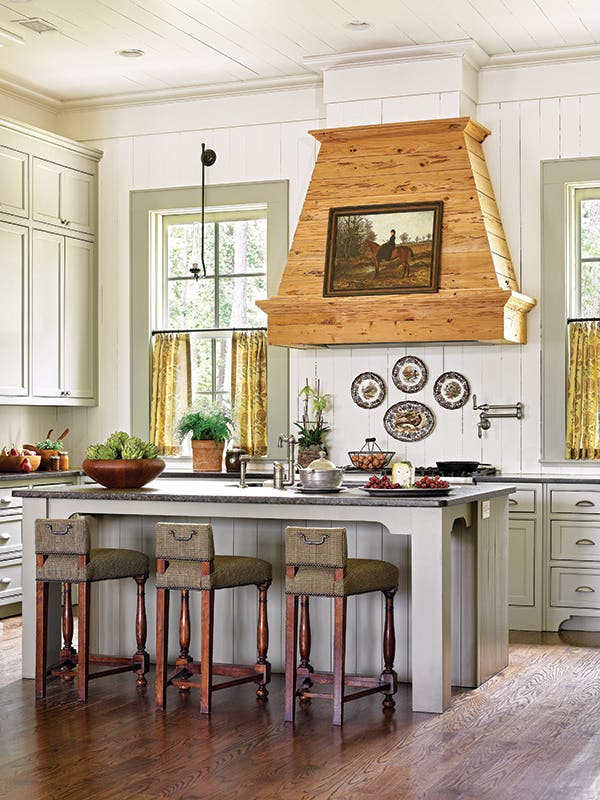
Of the firm’s eight principals, five head design “studios,” or teams. The Historical Concepts approach is powered by a multi-generational staff that includes young up-and-coming designers scooping up prestigious awards, such as Geoff Yovanovic, a recent recipient of an Addison Mizner Medal as an Emerging Classicist.
Here, the 5 principles of Historical Concepts give their unvarnished take on each of five questions.
1.) Traditional-style homes continue to be one of the most coveted designs, especially in the Northeast and Midwest. What is it about the style that so consistently draws homeowners?
Domenick Treschitta, AIA: On many levels, people instinctively respond to the underlying principles of traditional design. Proportions are based on classical orders, which in turn were derived from the inherent properties of building materials like wood or masonry. As spans get larger, for example, more columns will be added or a lintel will get deeper. This formula creates a natural scale and proportion that is believable and comforting. I think that traditional homes are in demand because they tend to be timeless. When a well-detailed traditional home is built with lasting materials, it will get better with age. In contrast, many contemporary homes can feel quickly dated as trends go out of favor. Just think of how funny those first generation iPhones are already starting to look.
2.) Considering the awards for traditional and classical architecture that Historical Concepts has won—including an Arthur Ross Award from the Institute of Classical Architecture and Art—it’s clear your designers know detailing. What is the biggest design challenge that this focus on detail accuracy has presented?
Kevin Clark, AIA: A frequent challenge in focusing on details is managing the expectation for speed. In contrast to today’s digital, fast-paced world, detailed design takes time. We often speak of weaving the design—from plan to elevation and interior to exterior—and this process means that you cannot settle on a tight floor plan, for example, until you’ve considered fine details such as the width of the interior casing on a door. We scrutinize these details until everything feels right; and this study, often done with layer upon layer of hand sketches, happens at a pace that is quite different from the speed of technology. I believe that the process of creating a home should be an enjoyable and unhurried discovery between architect and client.
3.) A member of your design team, Kellen Krause, at age 27, was recognized this summer by the Congress for the New Urbanism for “Visions for Lafayette,” developed by the Graduate Urban Design students at the University of Notre Dame. What are your young designers bringing to the table?
Jim Strickland: I’m a firm believer that the best ideas stand in open forum, so our young staff members are as much a voice in design as anyone. It’s critical that each new staff member feel comfortable in that role, because we all learn from each other. The “Young Turks” push me to be better, and, in turn, I get the opportunity to pass down what I have learned and ensure that the ideals that the firm was founded upon are perpetuated through them.
4.) How do you keep a traditional home from overpowering its setting? Are there any other logistical challenges that your designers regularly overcome?
Terry Pylant: I believe that careful study of and implementation of local vernacular into the design is essential for a home to fit naturally within its setting. Once that is understood, the next important consideration is studying scale and proportion, especially when it comes to the fascia, frieze, windows, and doors. It’s okay to oversize windows—say, 4-foot by 10-foot—if the mass of façade requires it.
5. At more than 30 years old, Historical Concepts has stayed the course while many other firms have struggled. What do you see for the future of traditional design?
Andrew Cogar, AIA: The possibilities for new traditional design are endless, yet familiar at the same time. With a wide array of historic precedent to draw from, we can reimagine old forms and classic styles within the context of modern living. This resonates well with millennials and baby boomers alike—they are all gravitating toward quality over quantity and artisan craftsmanship over machine-made efficiency. The common thread of our work is that we are all passionate students of historic architecture and place. This approach helps to ensure our own legacy.






